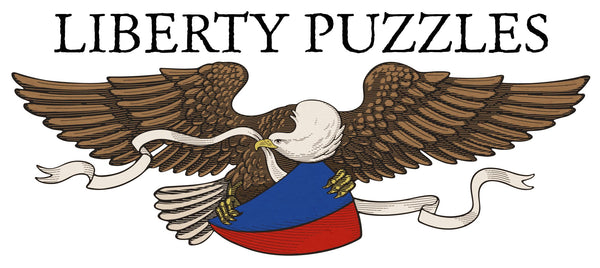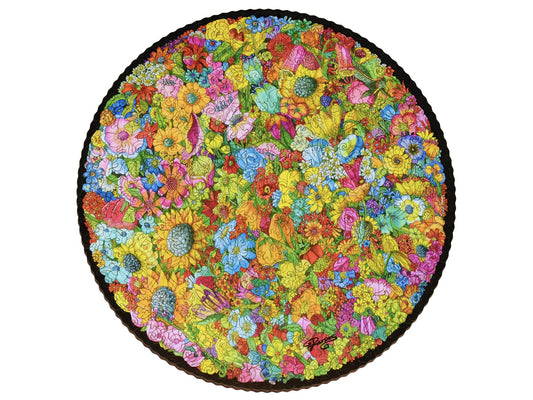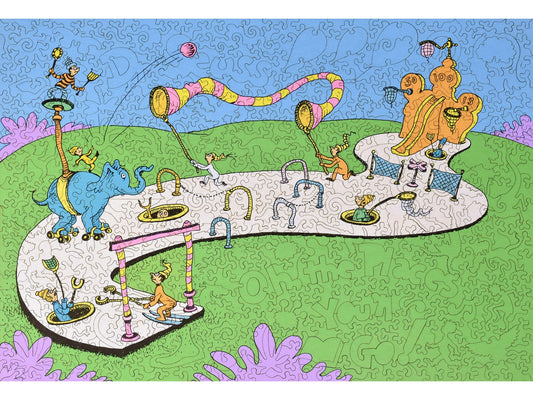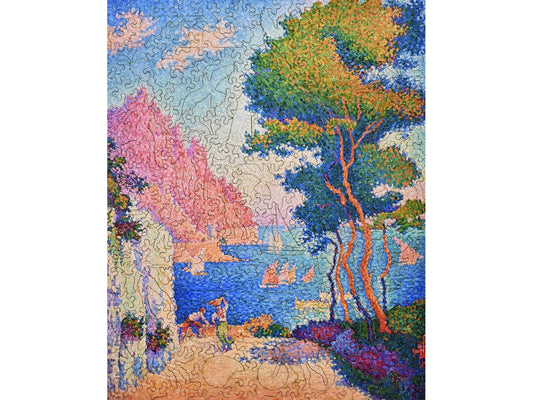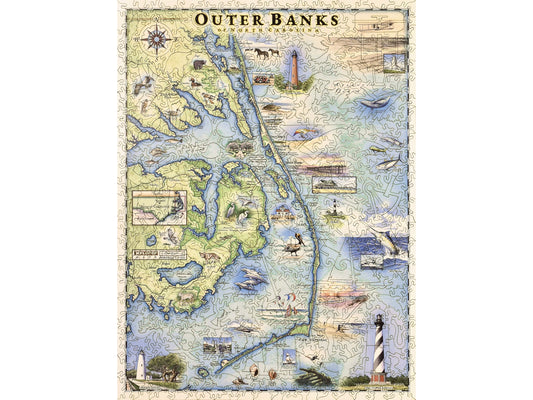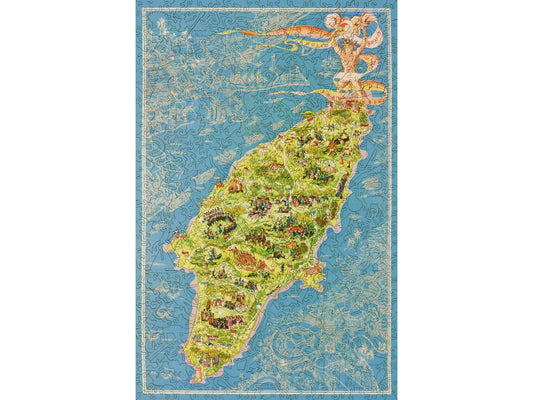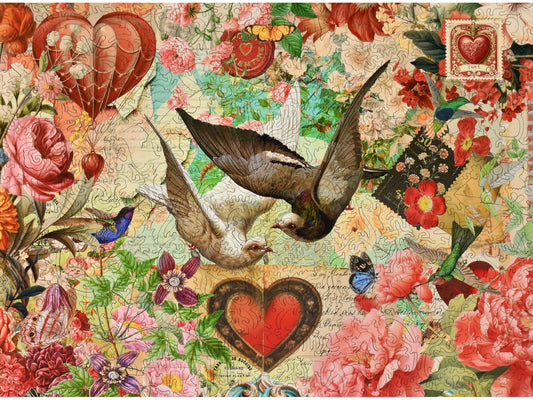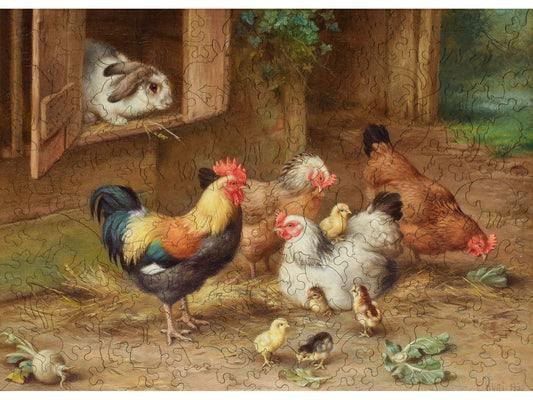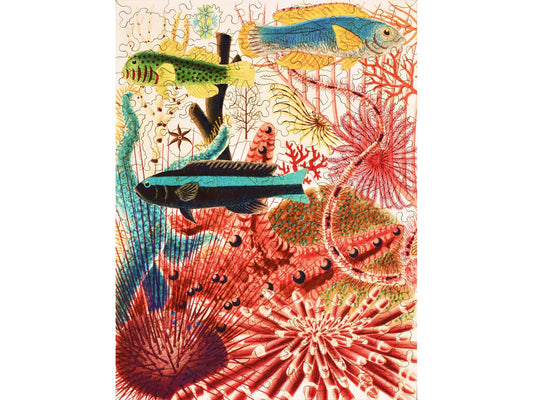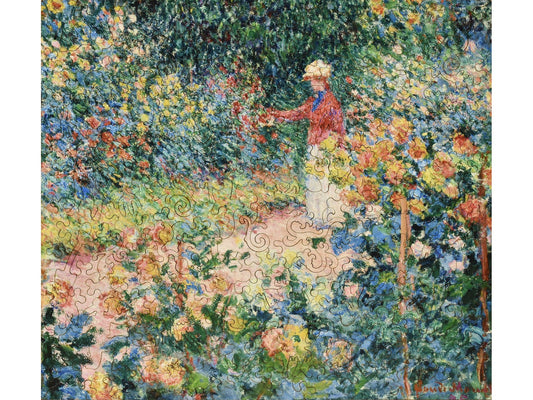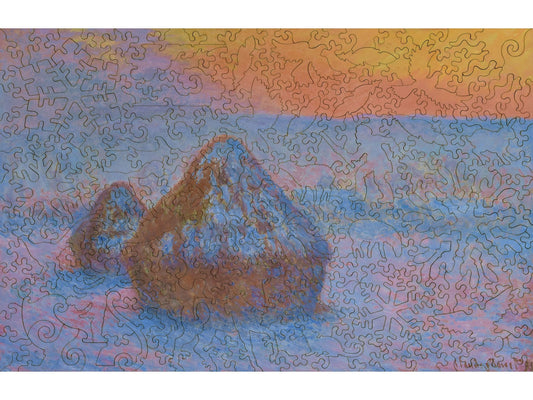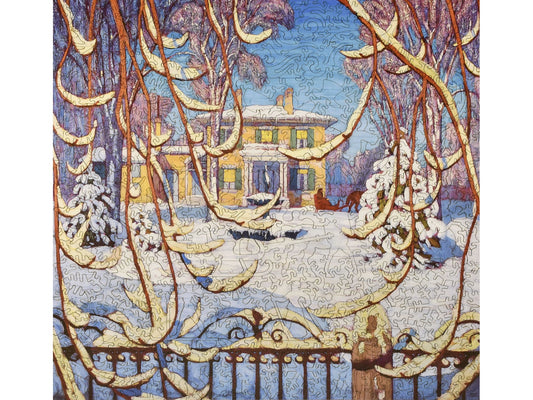Collection: Puzzles
-
Celebration
Regular price $85.00 USDRegular priceUnit price / per -
Summer Swans
Regular price $125.00 USDRegular priceUnit price / per -
Birds, Flowers and Eggs
Regular price $115.00 USDRegular priceUnit price / per -
Delicate Beings
Regular price $115.00 USDRegular priceUnit price / per -
Oh, the Places You'll Go!
Regular price $125.00 USDRegular priceUnit price / per -
The Marine Wonders of the Great Barrier Coral Reef
Regular price $115.00 USDRegular priceUnit price / per -
Capo di Noli
Regular price $85.00 USDRegular priceUnit price / per -
Outer Banks of North Carolina Xplorer Map
Regular price $145.00 USDRegular priceUnit price / per -
Letters of Love
Regular price $115.00 USDRegular priceUnit price / per -
A View from the Hutch (Large Piece)
Regular price $95.00 USDRegular priceUnit price / per -
Great Barrier Reef Echinoderms and Fish (Large Piece)
Regular price $95.00 USDRegular priceUnit price / per -
Goldfinch and Canary Mule (Large Piece)
Regular price $95.00 USDRegular priceUnit price / per -
Garden at Giverny (Large Piece)
Regular price $95.00 USDRegular priceUnit price / per -
Fruits of the Midi (Large Piece)
Regular price $95.00 USDRegular priceUnit price / per -
Blue Horse I (Large Piece)
Regular price $95.00 USDRegular priceUnit price / per -
Stacks of Wheat (Large Piece)
Regular price $95.00 USDRegular priceUnit price / per -
Red Sleigh, House, Winter 1919
Regular price $115.00 USDRegular priceUnit price / per -
City Christmas Tree
Regular price $115.00 USDRegular priceUnit price / per -
Getting Together
Regular price $165.00 USDRegular priceUnit price / per
